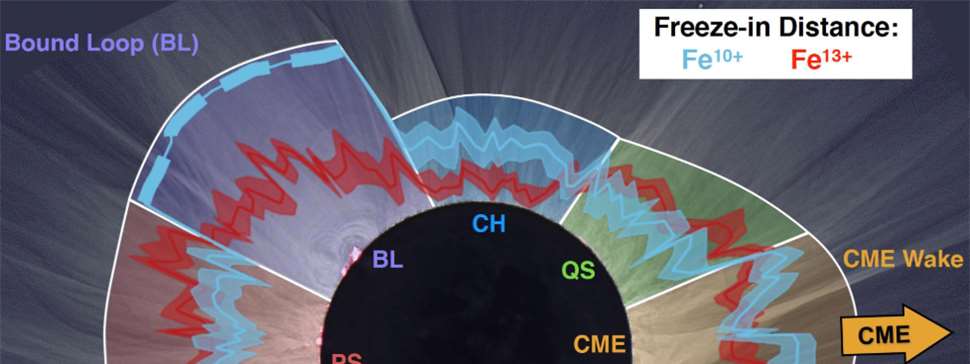Benjamin Boe, Institute for Astronomy, University of Hawaii
(přednáška ve středu 9. 10. od 12:00 v A1/1842)

Dovolujeme si vás pozvat na přednášku Total Solar Eclipses as a Tool to Study Coronal Physics
Středa 9. 10. od 12:00 v seminární místnosti A1/1842
Přednášejícím je
Benjamin Boe - doktorand profesorky Shadie Habbal z Institute for Astronomy, University of Hawaii.
Abstract: Total solar eclipses provide a unique and unparalleled opportunity to study the physics of the solar corona. No observatory currently in operation can achieve unadulterated access to optical emission in the corona from the solar surface out to 3 solar radii (Rs), except during a total solar eclipse. I will discuss my work using observations of FeXI (789.2 nm) and FeXIV (530.3 nm) ionic emission acquired during the 2015 and 2017 total solar eclipses to study the ionic freeze-in distance (Rf) and electron temperature (Te) of coronal plasma. The 2015 data was used to infer Rf of both Fe10+ and Fe13+ (see Boe et al. 2018 in ApJ), which froze-in at different heliocentric distances throughout the corona. In polar coronal holes the freeze-in distance was around 1.45 Rs for Fe10+ and below 1.25 Re for Fe13+. Along open field lines in streamer regions, Rf ranges from 1.4 to 2 Re for Fe10+ and from 1.5 to 2.2 Re for Fe13+. The 2017 data was used to infer the electron temperature of the coronal plasma, which was around 1.0-1.2 x 10^6 K in coronal holes, and 1.2 to 1.5 x 10^6 K in streamers and closed field regions. The Te inference was repeated for three different observing sites spanning 1400 km, corresponding to a difference of 28 minutes between the times of totality at the first and last site. Global changes in the ionic emission and inferred Te between the sites were found as a result of the fortuitous passage of a CME during the eclipse.